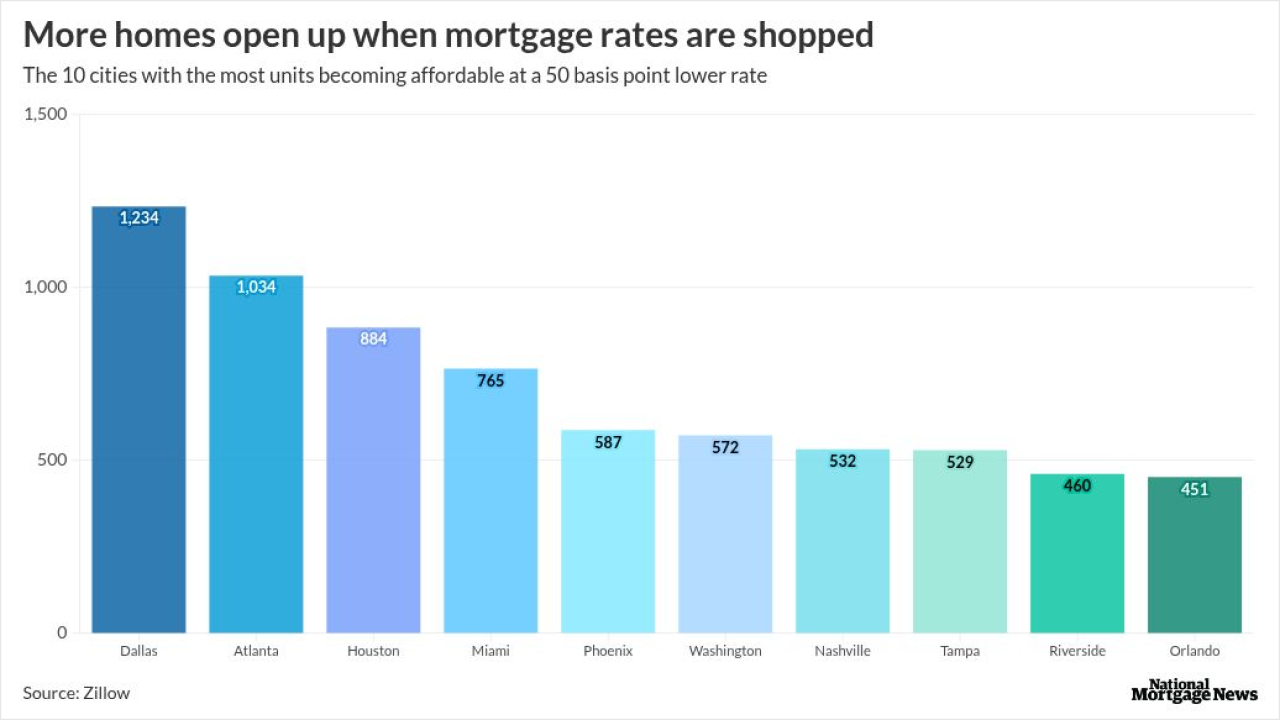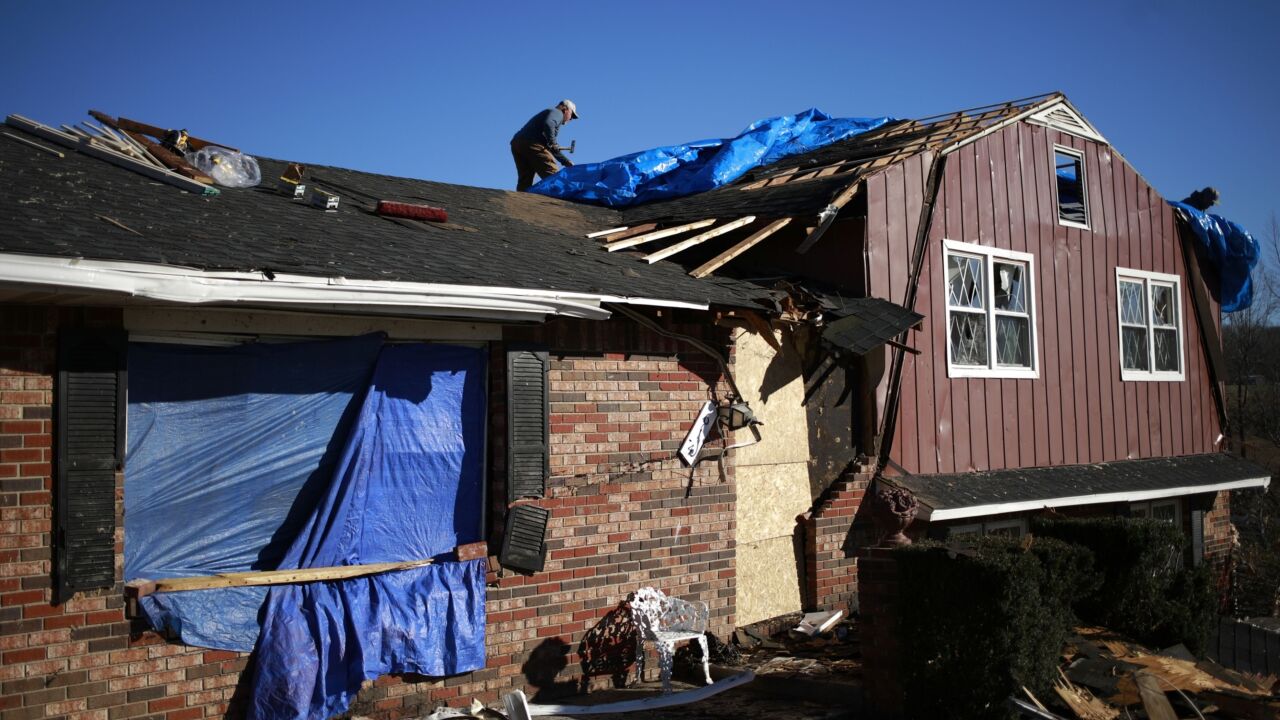Sales of previously owned homes fell more than expected in January as a tight supply forced up prices, showing the residential real estate market faces an uneven recovery.
Purchases slowed 4.9% to a 4.82 million annualized rate, the least since April, after a 5.07 million pace that was higher than previously estimated, figures from the National Association of Realtors showed Monday in Washington. The median forecast of 74 economists in a Bloomberg survey called for a fall to 4.95 million.
The number of houses on the market dropped in January for a second straight month compared with last year and price increases were broad-based, making it difficult for first-time and younger buyers to get into the market. Gains in employment and historically low mortgage rates will probably sustain demand, while rising household formation and a shortage in rental supply should also provide a boost this year over last.
"There is an ongoing housing recovery, but a disappointing one," Mike Englund, a Boulder, Colo.-based chief economist for Action Economics, said before the report's release. "We clearly have seen a pullback in transactions."
Economist estimates in the Bloomberg survey ranged from a 4.76 million to 5.2 million sales pace, from a previously reported 5.04 million a month earlier.
With the report, the Realtors' group issued annual revisions covering the monthly data for the past three years to reflect changes in seasonal adjustments. The annual totals were unaffected.
Existing-home sales, which are tallied only when purchase contracts close, account for more than 90% of the residential market. A timelier barometer is new-home purchases, because they are tabulated earlier in the process, when contracts are signed. They constitute about 7% of the market. Those figures come out Feb. 25.
The median price of an existing home climbed 6.2% in January from the same period a year earlier, to $199,600, the report showed.
Increases of this size clearly out pace income gains and general inflation and is probably caused by a lack of supply, Lawrence Yun, NAR chief economist, said at a news conference today as the figures were released. This is not a "healthy" sign, he said.
The number of previously owned homes on the market dropped 0.5% to 1.87 million. At the current sales pace, it would take 4.7 months to sell those houses compared with 4.4 months at the end of
Home sales will benefit from the improving labor market, which bounded forward in January. Payrolls advanced by 257,000 month-over-month, according to Labor Department figures, capping the biggest three-month gain in 17 years. The unemployment rate rose to 5.7% from 5.6% as more than a million Americans streamed into the labor force seeking work.
Low borrowing costs help, too. The average 30-year, fixed-rate mortgage was 3.76% in the week ended Feb. 19, according to data from Freddie Mac. That's still close to the record-low of 3.31% reached in November 2012.
Barriers to credit are easing for first-time homebuyers. Fannie Mae, which buys mortgages and packages them into securities, began purchasing loans with down payments as low as 3% in December, a drop from its previous floor of 5% for most loans. Freddie Mac is preparing a similar reduction beginning in March.
Fannie Mae, Freddie Mac and the FHA also made changes last year to the way they handle mortgages with underwriting flaws to give banks more certainty that they won't have to absorb the cost of soured loans that they originated with due diligence. The average FICO credit score on purchase loans backed by Fannie Mae or Freddie Mac was 754 in November compared with 759 in 2013, according to mortgage technology company Ellie Mae.





